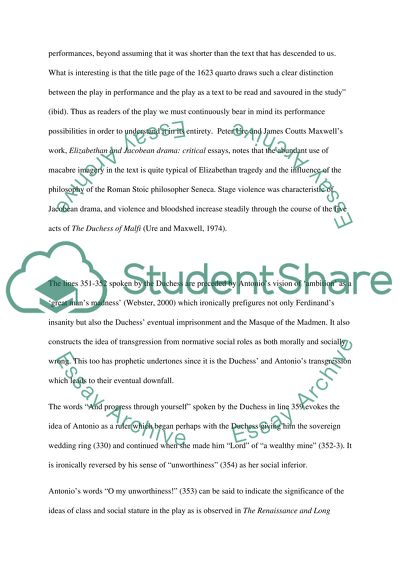Cite this document
(“A Close Reading of The Duchess of Malfi Essay Example | Topics and Well Written Essays - 1250 words”, n.d.)
Retrieved from https://studentshare.org/literature/1433553-read-the-passage-below-from-the-duchess-of-malfi
Retrieved from https://studentshare.org/literature/1433553-read-the-passage-below-from-the-duchess-of-malfi
(A Close Reading of The Duchess of Malfi Essay Example | Topics and Well Written Essays - 1250 Words)
https://studentshare.org/literature/1433553-read-the-passage-below-from-the-duchess-of-malfi.
https://studentshare.org/literature/1433553-read-the-passage-below-from-the-duchess-of-malfi.
“A Close Reading of The Duchess of Malfi Essay Example | Topics and Well Written Essays - 1250 Words”, n.d. https://studentshare.org/literature/1433553-read-the-passage-below-from-the-duchess-of-malfi.


